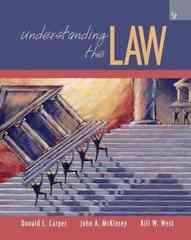Question
Consider the following variant of the Dixit model that we discussed in class: In the market for cement, there is an incumbent and a potential
Consider the following variant of the Dixit model that we discussed in class: In the market for cement, there is an incumbent and a potential entrant. The demand function is given by:P= 1100.05(q1+q2) whereq1is the output of the incumbent andq2is the output of the entrant. Firms need one unit of labour and one unit of capital to produce one unit of output. Labour costsw= 15 per unit and capital costsr= 25 per unit. In addition, the entrant has to pay a fixed costF2to enter this market. At periodT= 1, the incumbent chooses a level of capital investmentK1and at timeT= 2, firms compete in quantities by buying inputs and producing outputs
a-Find the incumbent and entrant's best response function in stage two
b-Solve for the entrant's profits as a function of the incumbent's output2(q1)(
c-Find the range of capacity investmentK1that firm 1 can make in equilibrium(
d-Suppose that the entrant's fixed costs wereF2= 5000. What is the equilibrium of this game? Did the
e-incumbent engage in predatory behaviour?
f-Suppose that the entrant's fixed costs wereF2= 4000. What is the equilibrium of this game? Did the incumbent engage in predatory behaviour?
Step by Step Solution
There are 3 Steps involved in it
Step: 1

Get Instant Access to Expert-Tailored Solutions
See step-by-step solutions with expert insights and AI powered tools for academic success
Step: 2

Step: 3

Ace Your Homework with AI
Get the answers you need in no time with our AI-driven, step-by-step assistance
Get Started


